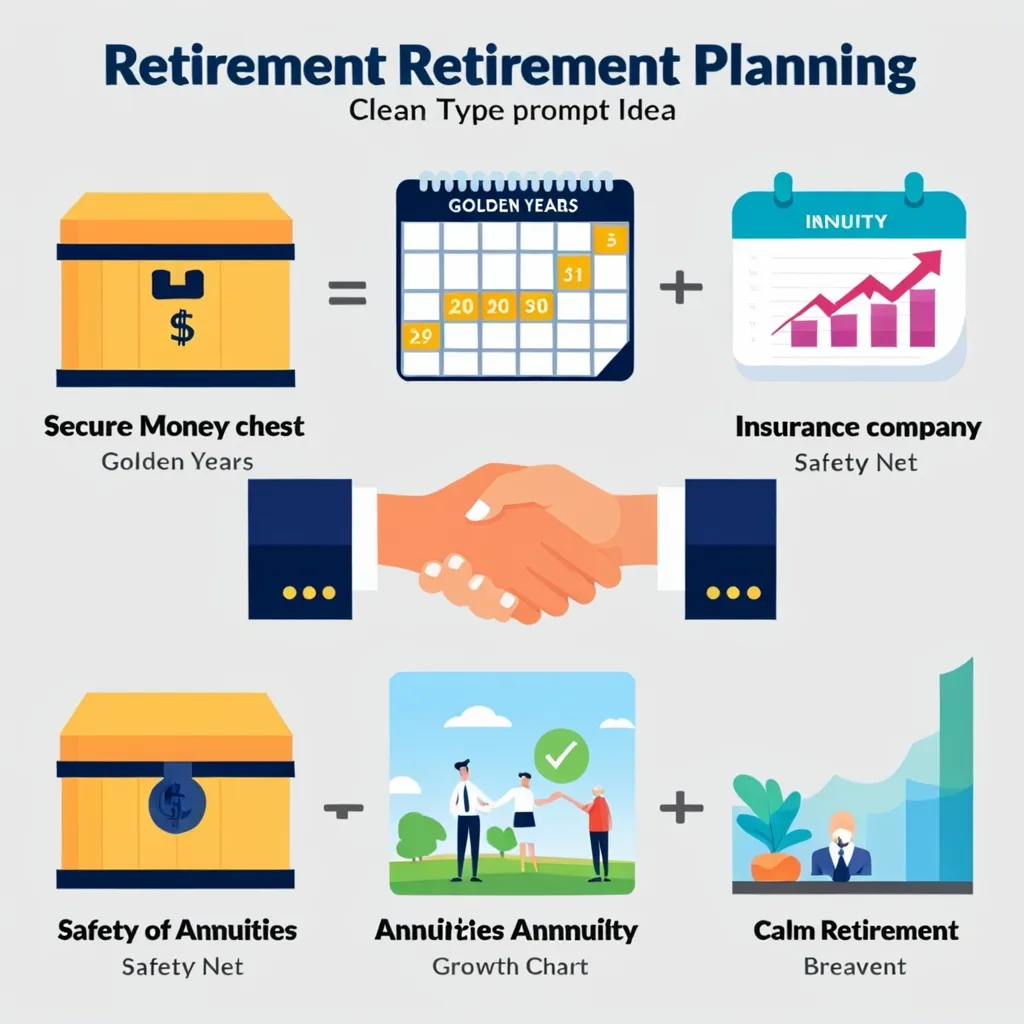6 Effective Habits for Building a Zero-Based Budget That Actually Works
Creating a budget that works isn’t about restricting your spending—it’s about giving your money purpose and direction. A zero-based budget stands out as a powerful method where every dollar gets assigned a specific job, creating total financial clarity. I’ve seen this approach transform countless financial situations, and I’m excited to share how you can make it work for you too.
“A budget is telling your money where to go instead of wondering where it went.” - Dave Ramsey
Have you ever reached the end of the month wondering where all your money disappeared to? That’s exactly what a zero-based budget prevents. The concept is simple: your income minus your expenses equals zero. Every dollar has a purpose—whether for bills, savings, or enjoyment.
Let’s examine six proven habits that can help you build a zero-based budget that actually sticks and transforms your financial life.
The Foundation: Comprehensive Income Tracking
The first step to a successful zero-based budget is knowing exactly how much money you have to work with. This means tracking all income sources—not just your primary paycheck.
Start by creating a comprehensive income dashboard that captures every dollar coming in. Include your main job, side hustles, passive income streams, and any irregular income. Be thorough here—even small amounts matter in a zero-based approach.
Monthly Income Sources:
Primary Job: $3,800
Side Hustle: $700
Rental Income: $900
Interest/Dividends: $120
Total: $5,520
This total becomes your working number—the exact amount you’ll assign to various categories until you reach zero. Having this clear picture prevents the common mistake of underestimating your income or forgetting occasional revenue streams.
What’s often overlooked is the power of knowing this number before the month begins. This forward-looking perspective shifts you from reactive to proactive financial management. Can you imagine the peace that comes with having a plan for every dollar before it hits your account?
Consistent Budget Meetings: The Rhythm of Financial Control
Zero-based budgeting requires regular attention. Establishing a consistent monthly budget meeting—whether with yourself or with your partner—creates the necessary rhythm for financial success.
I recommend scheduling this meeting a few days before the new month begins. Block this time on your calendar and treat it with the same importance as you would a critical work meeting because, in many ways, it is even more important.
During this meeting, you’ll allocate every dollar of your income to specific categories until you reach zero. This isn’t just about covering bills—it’s about making intentional choices that align with your values and goals.
“It’s not about having more money, but about making what you have work better for you.” - Suze Orman
These meetings might feel awkward or tense at first, especially if you’re sharing financial decisions with a partner. But with time, they become a powerful opportunity for alignment and shared vision-setting. How might your financial relationship change if you had structured time to discuss money each month?
Reality-Based Categories: Building on Patterns
One of the most common budget killers is creating unrealistic categories based on idealistic goals rather than actual spending patterns. When your budget doesn’t reflect reality, it’s destined to fail.
Take time to review your past three months of transactions. Look for patterns and create budget categories that reflect your actual life, not some idealized version. If you consistently spend $400 on groceries, don’t arbitrarily set a $250 grocery budget without a concrete plan for that reduction.
This reality-based approach doesn’t mean you can’t improve—it simply means starting from an honest place. Once you establish baseline amounts, you can strategically decide where to make adjustments.
The categories you create should be specific enough to provide clarity but not so detailed that they become unwieldy to manage. Finding this balance is personal and may take some experimentation.
Have you considered what your spending patterns reveal about your priorities? Sometimes our bank statements tell a more honest story than we tell ourselves.
The 48-Hour Rule: Preventing Impulsive Adjustments
Even the best-planned budgets encounter unexpected expenses. The difference between budget success and failure often comes down to how you handle these surprises.
Implement the 48-hour rule for budget adjustments: when an unexpected expense arises, wait 48 hours before moving money between categories. This cooling-off period prevents impulsive decisions that can derail your entire system.
During this time, ask yourself important questions:
- Is this expense truly necessary right now?
- Which category is the most appropriate source for these funds?
- What will be the impact of reducing that category?
This rule doesn’t mean you never make adjustments—flexibility is essential in any sustainable budget. It simply ensures that changes are made thoughtfully rather than reactively.
The 48-hour rule has saved me countless times from making hasty financial decisions I would later regret. What recent purchase might have benefited from this pause?
Visual Separation: The Power of Multiple Accounts
A significant challenge in zero-based budgeting is mental accounting—keeping track of how much remains in each category when all the money sits in one account. Creating separate bank accounts that match your major budget categories eliminates this challenge and provides immediate visual feedback.
Consider having dedicated accounts for:
- Fixed expenses (rent/mortgage, utilities, etc.)
- Variable necessities (groceries, gas, etc.)
- Fun money/discretionary spending
- Short-term savings goals
- Emergency fund
Modern banking makes managing multiple accounts easier than ever. Many online banks offer sub-accounts or “buckets” within a single account, providing the organizational benefits without the complexity of multiple institutions.
This separation creates natural spending boundaries. When your “dining out” account is empty, the decision is made for you—no more restaurant meals until the next budget cycle. This removes the mental burden of constantly calculating remaining balances and prevents accidental overspending.
“Do not save what is left after spending, but spend what is left after saving.” - Warren Buffett
How might your spending habits change if you could visually see exactly how much remained in each category?
Budget Autopsies: Learning from the Past
The final habit that separates successful zero-based budgeters from those who abandon the approach is conducting regular budget autopsies—detailed analyses of what actually happened compared to what was planned.
At the end of each month, take time to examine:
- Categories where you overspent
- Categories with leftover funds
- Patterns that emerge over multiple months
- Adjustments needed for the coming month
This isn’t about self-criticism but about learning and refining. Every month provides data that can help make your next budget more accurate and effective.
Track these patterns over time. You’ll likely discover seasonal variations in certain expenses, periodic costs you hadn’t accounted for, or categories that consistently cause trouble. This knowledge becomes the foundation for more precise future budgeting.
The budget autopsy transforms mistakes from failures into valuable learning opportunities. When was the last time you took a close, honest look at where your budget succeeded and where it needed improvement?
A zero-based budget isn’t just a financial tool—it’s a pathway to greater awareness and intention in all your money decisions. It connects your daily spending choices to your larger goals and values, creating alignment that reduces financial stress and accelerates progress.
Starting with these six habits builds a solid foundation, but the real power comes from consistency and personalization. Your budget should reflect your unique life and priorities while maintaining the core principle that every dollar has a purpose.
Remember that budgeting is a skill that improves with practice. Your first few months will likely include adjustments and surprises. This is normal and part of the learning process. What matters is continuing to refine your approach based on what you learn.
“The price of anything is the amount of life you exchange for it.” - Henry David Thoreau
As you implement your zero-based budget, you may experience an unexpected benefit—a growing sense of financial confidence. When you know exactly where your money is going and why, financial decisions become clearer and less stressful. You’ll find yourself empowered rather than restricted by your budget.
Have you considered how much mental and emotional energy might be freed when you no longer worry about whether you can afford something or if you’re saving enough? This clarity is perhaps the greatest benefit of a well-executed zero-based budget.
Start with these six habits, adapt them to your situation, and watch as your relationship with money transforms. Your zero-based budget isn’t just about reaching financial goals—it’s about creating the freedom to live intentionally with every dollar you earn.






